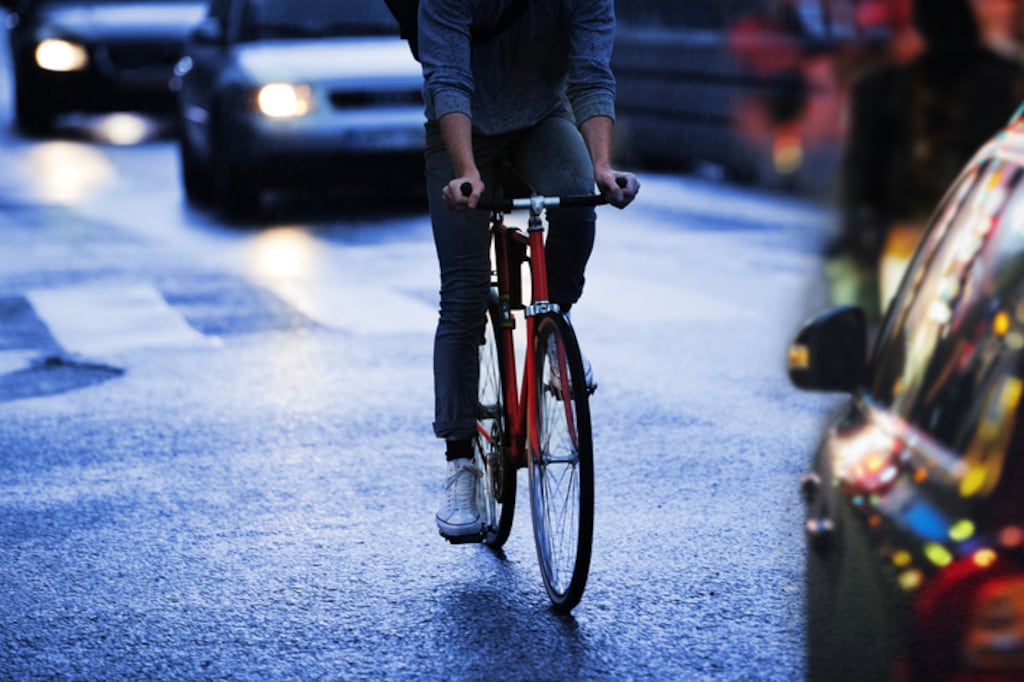The Environmental Protection Agency (EPA) reported this week that while air quality in Ireland is generally good, there are persistent issues in certain areas including Dublin, Cork, Limerick and Waterford, which threaten public health. So, how can you protect yourself from high levels of outdoor and indoor air pollution?
1. Make changes to the ways you heat your home and cook your food. Burning fossil fuels (particularly smoky coal, sod turf and green/wet wood) for cooking and heating your home releases tiny airborne pollutants including particulate matter (PM) 2.5 which can pass through the lungs and into the blood stream, reaching almost every organ of the body. The EPA published a graph indicating that burning smoky solid fuel in open fires has the worst effect on air quality while the use of cleaner fuels such as electrified heating provided by a power station and solar, wind and heat pumps have much lower impacts on air quality.
2. Ensure that the buildings you spend time in have adequate ventilation. One common misconception is that indoor air quality is better than outdoor air quality but US expert Prof Joseph G Allen says the majority of our exposure to outdoor air pollution happens indoors where we also spend most of our time. Adequate ventilation and filtration systems are even more important in new homes and offices where building materials, paintwork and furnishing can emit harmful volatile organic compounds (VOCs) over time, especially in warm temperatures. Portable air cleaners – which became popular during the Covid-19 pandemic – can help reduce indoor air pollutants, as can large indoor plants, but good ventilation trumps every other measure.
3. Leave your car at home and take public transport. While trams, buses and cars all share road space and, therefore, the same outdoor air, by switching to public transport, you are helping reduce nitrogen dioxide (NO2) and other air pollutants emitted from cars. Owners of new cars should also ensure adequate ventilation when travelling as harmful VOCs are emitted from interior materials in new cars, especially in warm, sunny weather. Drivers of all vehicles can reduce air pollution by driving smoothly and more slowly to reduce pollutants from brake dust and road abrasion.
Paul Mescal on Saturday Night Live review: Gladiator II star skewers America’s bizarre views about Ireland
Joan Baez: Do I ever hear from Bob Dylan? ‘Not a word’
The 50 best films of 2024 – the top 10 movies of the year
Late Late Toy Show review: Patrick Kielty is fuelled by enough raw adrenaline to power Santa’s reindeer
[ What is PM2.5? Only the biggest air pollution threat to human health in IrelandOpens in new window ]
4. Lobby your local politicians on regional and national air-quality plans. Those living in the Dublin region can lobby councillors in the four local authorities (Dublin City, South Dublin, Dún Laoghaire-Rathdown and Fingal) to implement the Dublin Region Air Quality Plan 2021. This plan, whose measures include clean air/low emissions zones and cleaner fleets of vehicles, was initiated following levels of NO2 exceeding the European Union limits in parts of Dublin in 2019. On a national level, citizens should also monitor progress of the 2023 Clean Air Strategy which aims to improve regulation on all air pollutants by following the more stringent World Health Organisation air quality guidelines by 2040.
5. If walking or cycling, use back-street routes rather than congested roads or consider travelling on foot or by bicycle outside of peak traffic times. In its report earlier this week, the EPA said that investment in clean public transport infrastructure must be maintained and increased together with more safe footpaths and cycle lanes to continue to increase active travel as a viable and safe alternative to car use with their associated NO2 emissions. High levels of outdoor pollutants are associated with cold, still weather in areas where smoky fuels are used to heat homes and/or there are high volumes of traffic. Avoid exercising outdoors in these weather conditions, particularly if you have an underlying respiratory condition such as asthma.
You can check air quality via the monitoring stations in your local area on epa.ie




